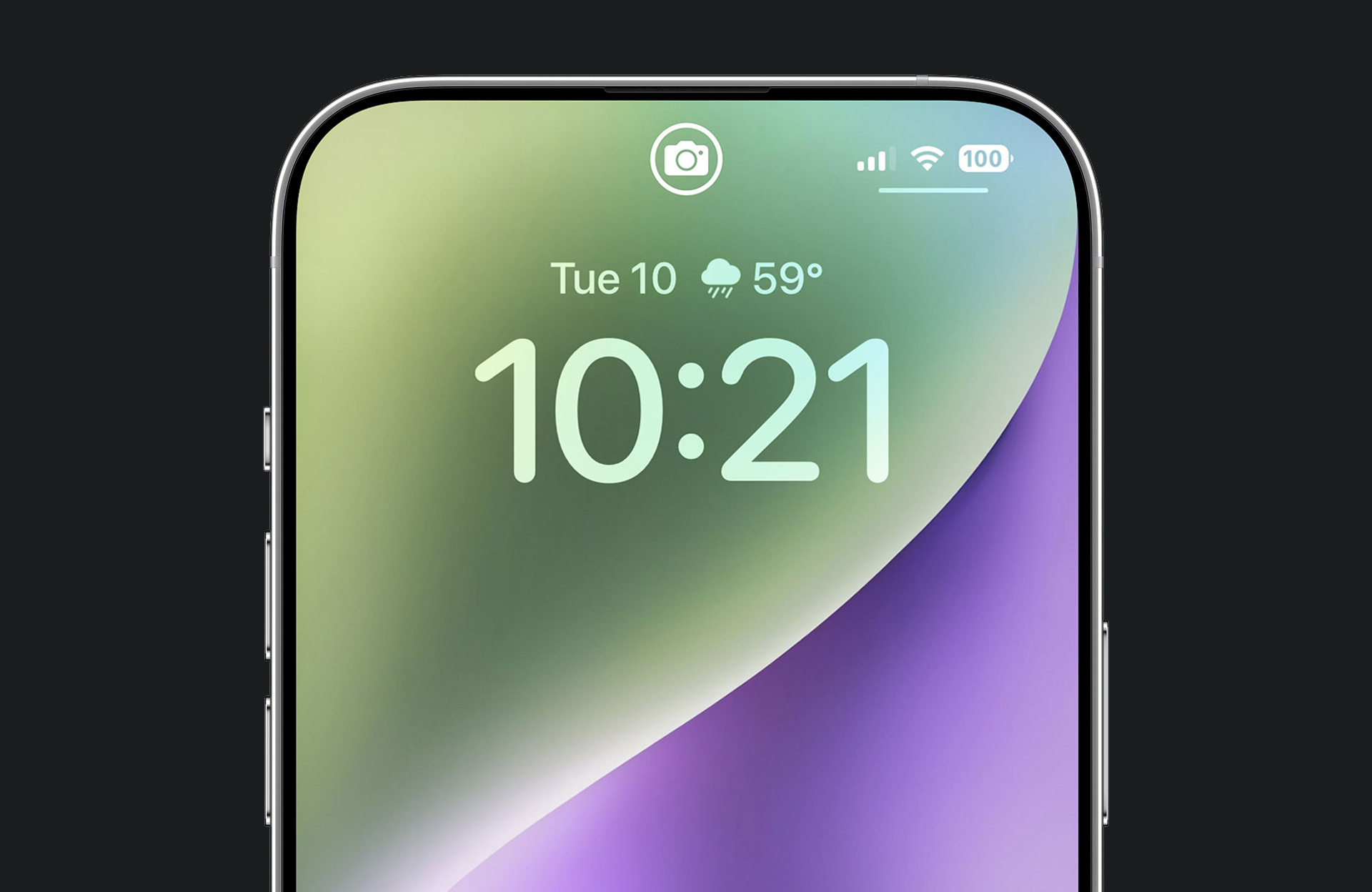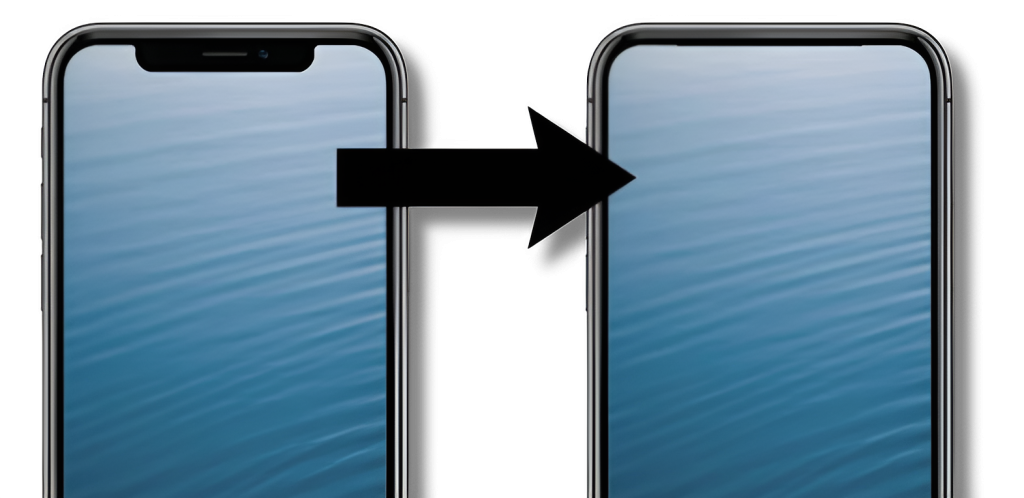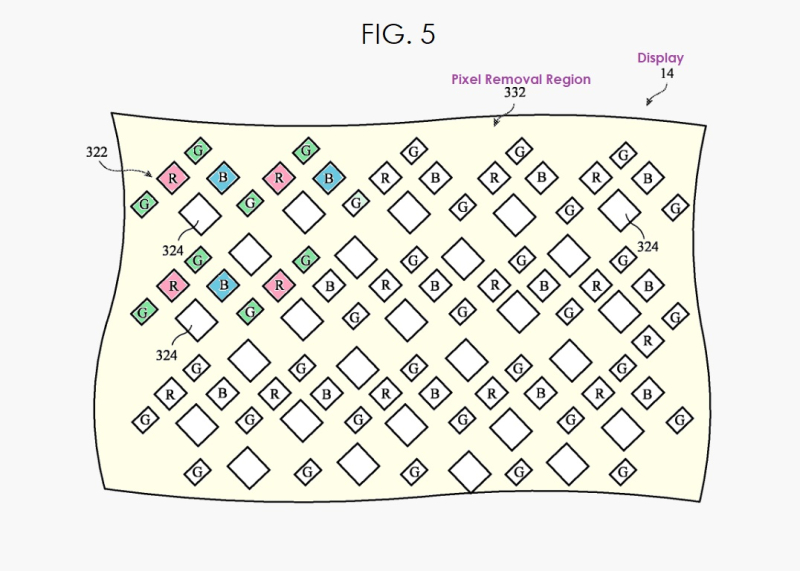Apple Patents “Black Masking Layer” for Under-Display Camera Technology

In recent smartphones, there is one surprising element to which companies keep circling back, and that is toning down bezels, making them smaller than before. In this context, it is important to understand that curved displays, which practically had no bezels on the front side, didn’t work out.
On the flip side, with flat screens taking center stage once again, minimal bezels and overall less distraction on the front screen seem to be the ideal approach forward. Apple, ‘the one late to the party,’ also recognizes this and is looking to manufacture full displays without any sorts of notches (or pillhole cutouts).

Apple Secures Its 5th Patent for Under-Display Camera Hardware in the Last 15 Months
Patently Apple reports that Apple has secured over four patents in the past 15 months (Sep 2022 – Dec 2023) for under-display camera technology. Now, most of these are targeted towards providing the ideal solution for the tradeoffs that come with putting the cameras and sensors underneath the display. For one, no more than 20% of light in the visible spectrum is able to pass the display stack, resulting in poor camera results.
The new patent, that uses a “black masking layer in a display having transparent opening” details the idea of an electronic device, like the MacBook or an iPhone having sensors or camera hardware underneath the display.
Now, Apple talks about the display being divided into two parts—the one with normal pixel density, and the other with fewer pixels. This part, with fewer pixels is called the “pixel removal region.” In this region, there are clear areas, like windows, where the screen is see-through. Underneath these clear areas, there’s the face recognition or light sensor.

To make this work, Apple uses a black masking layer with a grid pattern on the screen. This grid has openings or “apertures” that let light through in the pixel removal region. Apple also adds patches in these openings to control how much light gets through.
The patent describes how these patches are strategically placed to reduce any unwanted light angles on the sensor. The patent also talks about arranging the pixels in a way that some remain in the pixel removal region, making it look seamless to the viewer.
This is all we know for now, but rest assured that we will keep you updated as new information becomes available.




